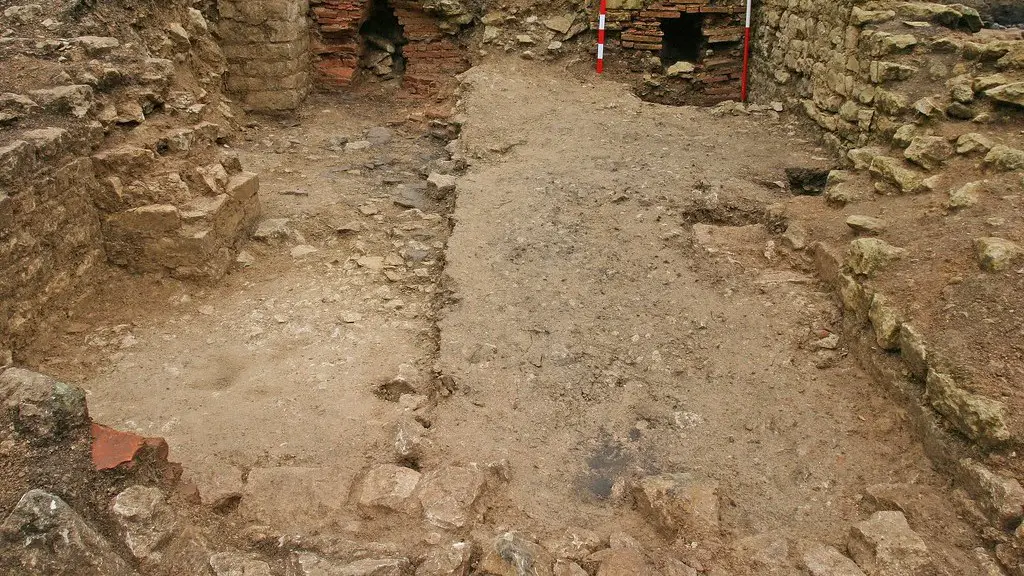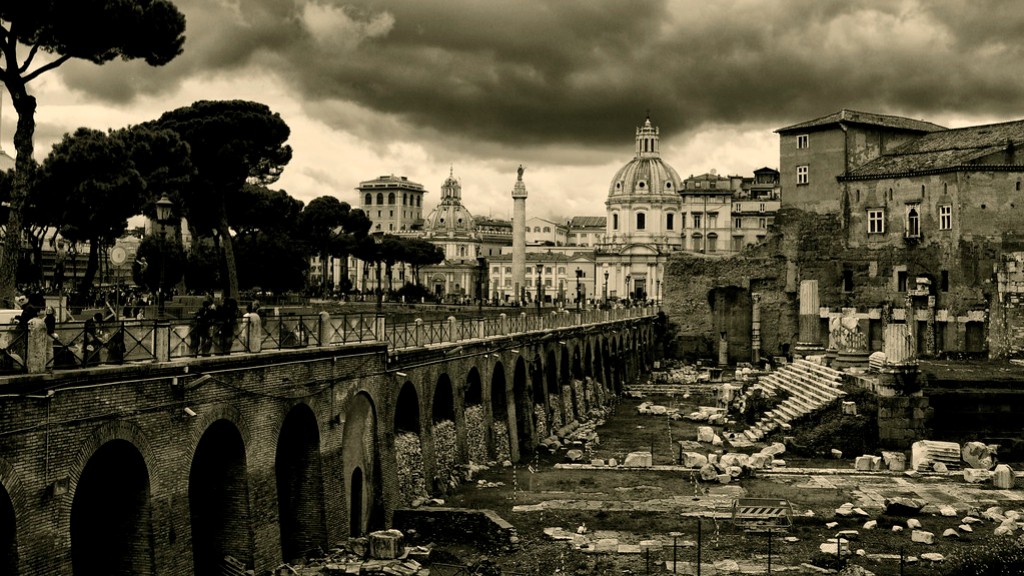Overview
The practice of slavery in Ancient Rome was an established institution that had the status of legal right and recognition. Romans typically enslaved recently conquered populations, prisoners of war, those accused of debt or other crimes, or those whose cities or kingdoms had been defeated in battle. Historians estimate that between 25-30% of the Roman population was enslaved, with the higher rate being closer to the end of the Republic and during the era of the Empire. This article provides an overview of who the slaves in Ancient Rome were.
Enslavement of Innocents
The most common means of enslavement were through debt and war. As some form of debtors servitude, people were taken into slavery as a way of paying off their creditors. People who came from other defeated concentrations or those who once lived under the authority of Rome were also taken as slaves. Slave traders were even known to kidnap innocent individuals from their homes and towns in order to sell them.
Captives of War
War was particularly profitable for ancient Roman slave traders. During the Punic Wars, for example, hundreds of thousands of Carthaginian prisoners were taken as slaves by the Romans following their defeats. In the midst of battle, Roman soldiers could single out captives for enslavement or leave entire cities at the mercy of their captors. This allowed the slave trade to thrive with the captives becoming the property of those that were in power.
Status of Roman Slaves
The status of the enslaved in Ancient Rome was largely dependent on their roles in society. Those who had been appointed to more important positions – such as doctors, craftsmen, and administrators – were typically given more rights than common laborers. Slaves also had no right to marry, though it was common practice for slave owners to sleep with their female slaves and even to marry them.
Treatment of Roman Slaves
The treatment of slaves in Ancient Rome was often harsh and violent. Slaves were routinely whipped, beaten, and treated as property. This was especially true for those who were working in dangerous and physically challenging professions, such as in the mines or on farms. Despite their lack of rights, some slaves did manage to gain positions of authority in their households. These slaves were often treated as equals and respected for their work.
Slave Rebellions
At times, slaves in Ancient Rome rose up in revolt. In some cases, these rebellions were successful, such as the incident in 73 BCE when around 100,000 slaves in Sicily took over several Roman cities. These slaves were eventually defeated by Roman forces, however, and were executed or enslaved after their loss.
Legacy of Roman Slavery
The legacy of slavery in Ancient Rome has had a lasting impact on the modern world. For many modern countries, slavery was an accepted practice until the 19th century. In the United States, slavery was not officially abolished until 1865. The idea of human bondage, while not explicit in modern day, can still be seen in systems of labor, child labor, and the exploitation of the working class.
Modern Comparisons
The practice of slavery in Ancient Rome has many parallels to modern day practices. While modern slavery does not have the same legal status as ancient slavery, it still exists in the form of human trafficking and forced labor. Comparisons of Roman practices and modern labor practices show that the abuses are often similar in nature, and that the need for better protections for workers is still a pressing concern.
Economic Influence
The practice of slavery in Ancient Rome had a profound economic impact on the empire. Slaves provided an abundance of free labor and were integral to the economy of Rome. The profits gleaned from their toil were used to fund major building projects, pay for wars, and pay for luxuries. The economic impact of slaves was particularly notable during the rule of the early emperors.
Philosophy of Slavery
The so-called “philosophy” of slavery in Ancient Rome was based on the idea that some people were better off as slaves than as free members of society. This was reinforced by the religious view that slaves were inferior to their owners and were meant to serve them. There was, however, a belief that slaves could be treated humanely, and some masters provided what could be considered a high standard of living for their slaves.


